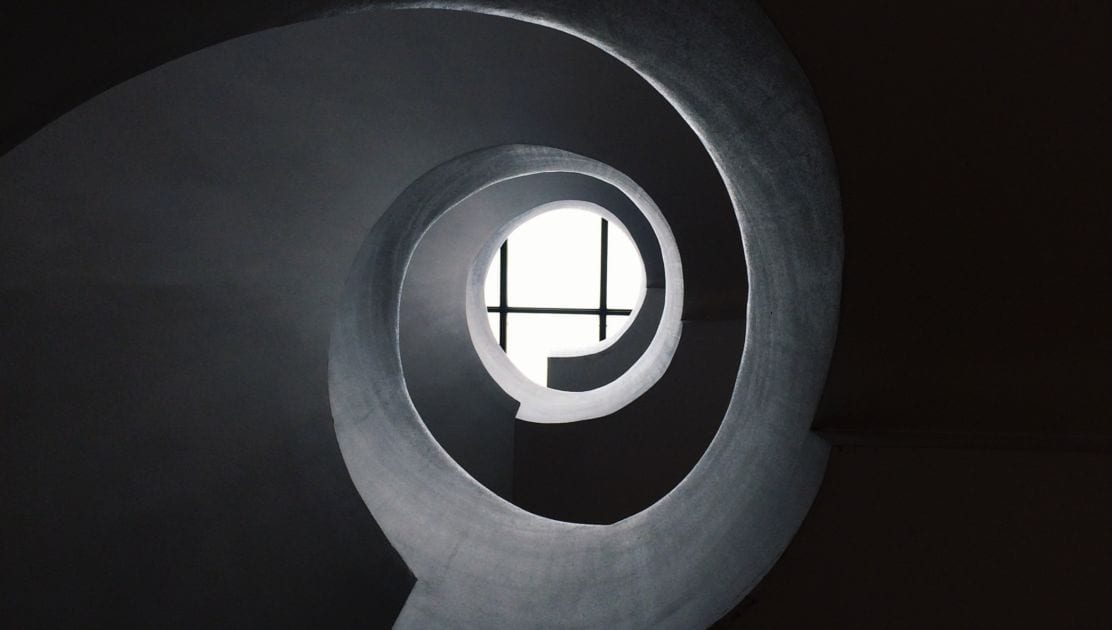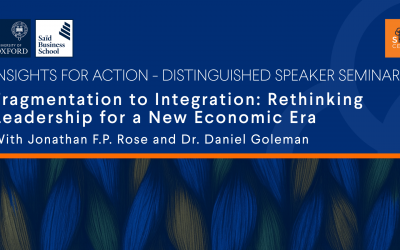Nonduality is a concept most commonly associated with the religious traditions of Hinduism and Buddhism, but Episcopal priest Cynthia Bourgeault has written extensively about it from a Christian perspective. We spoke with her recently to discuss her approach to nonduality, the difference between belief and experience, and Christian practices that can help people cultivate an experiential understanding of nonduality.
Where can we see traces of nondualtiy in the Christian tradition?
Many people approach nonduality as a philosophy, the metaphysical conviction that “all is one.” I approach it as a modality of perception—as an operating system—in that it’s a way of organizing and making sense of the perceptual field. A nondual operating system perceives from oneness. It doesn’t need to divide the playing field into inside and outside, subject and object, self and other. It captures the whole thing as a seamless whole. I see oneness because I am seeing from oneness. In the West, the core conviction—once you’ve learned to penetrate the teaching so as to be able to see it—is that this new operating system is not carried in the brain alone, but in the brain and with the heart.
Once you wake up to this, nonduality is a consistent and subtle theme running through the entire tradition. In Eastern Orthodox Christianity, it’s carried principally in the tradition of hesychasm, a prayer with unflagging emphasis on “putting the mind in the heart.” In the Western tradition, Meister Eckhart, the Rhineland mystics, and, in our own times, Bernadette Roberts come immediately to mind. I also see it strongly in the 14th century classic The Cloud of Unknowing, the subject of my latest book, The Heart of Centering Prayer.
Richard Rohr talks about nonduality being at the center of the Christian tradition, as articulated through the belief that Jesus was both fully human and fully divine. This suggests a Christian framework for understanding the idea of non duality; however, you write about nonduality as something to experience rather than understand. Can you talk about the relationship between belief and experience?
As I’ve already suggested, there are a variety of different definitions of nonduality at work out there as Christians scramble to get onboard with this term, which was never a part of Christianity’s native language. My dear friend and colleague Richard and I use the term in slightly different ways—for him it’s closer to the ability to hold two opposites from a higher place; for me it’s all about the wiring of perception. So from my perspective, nonduality is never about belief—because belief is always a mental operation—and always about experience. It’s the experience of direct perception from the heart.
Are there Christian practices that can help people cultivate an experiential understanding of nonduality?
Centering Prayer is probably the most effective direct trajectory to laying the neurological foundations for the stabilization of nondual teaching. It’s early patterning in “objectless awareness”—which is being able to hold attention in a state of alert but diffuse awareness, rather than focused on an object like the breath or a mantra—and the action itself of letting go of objects of attention tends to drop the mind deeper down in the body, into the region of the chest or heart.
Image courtesy of unsplash.com




